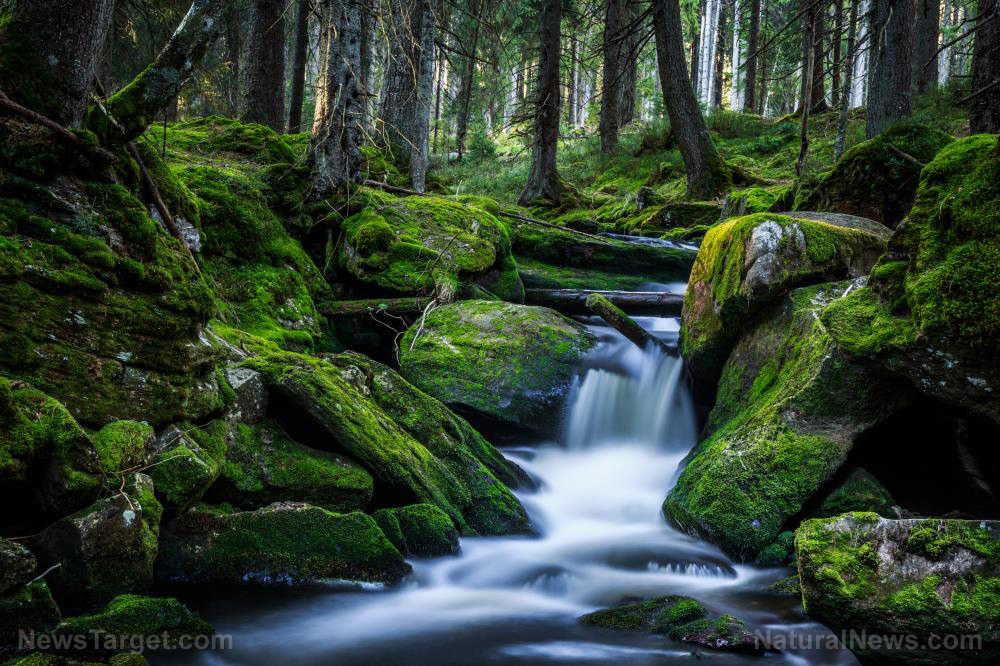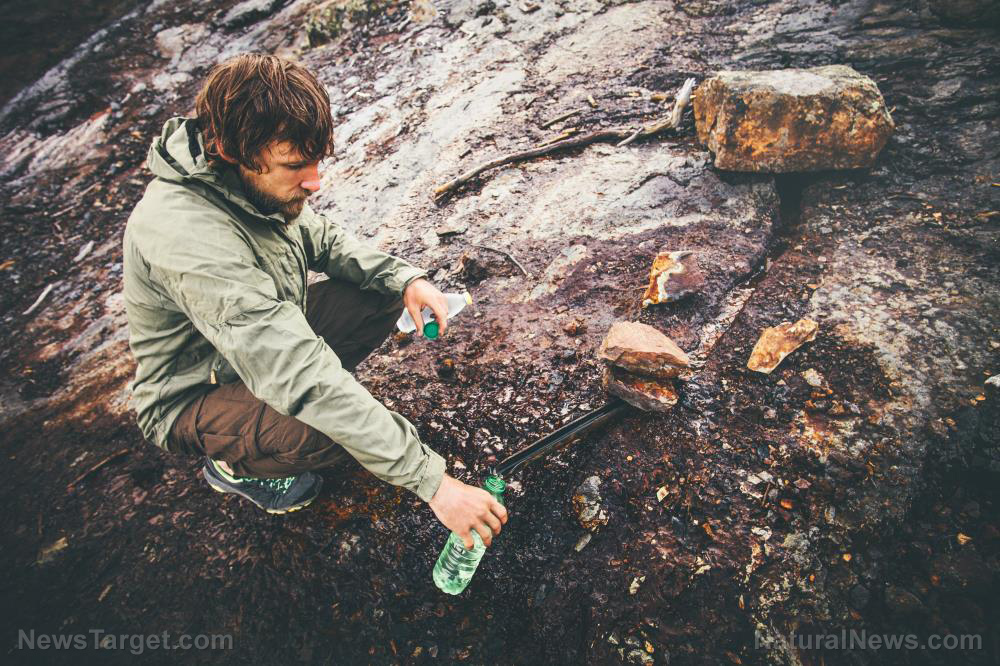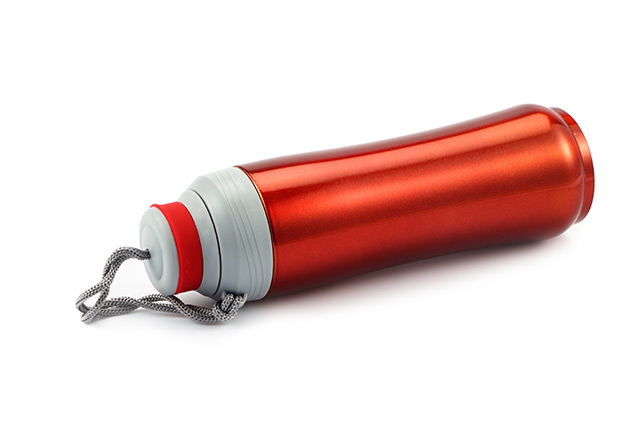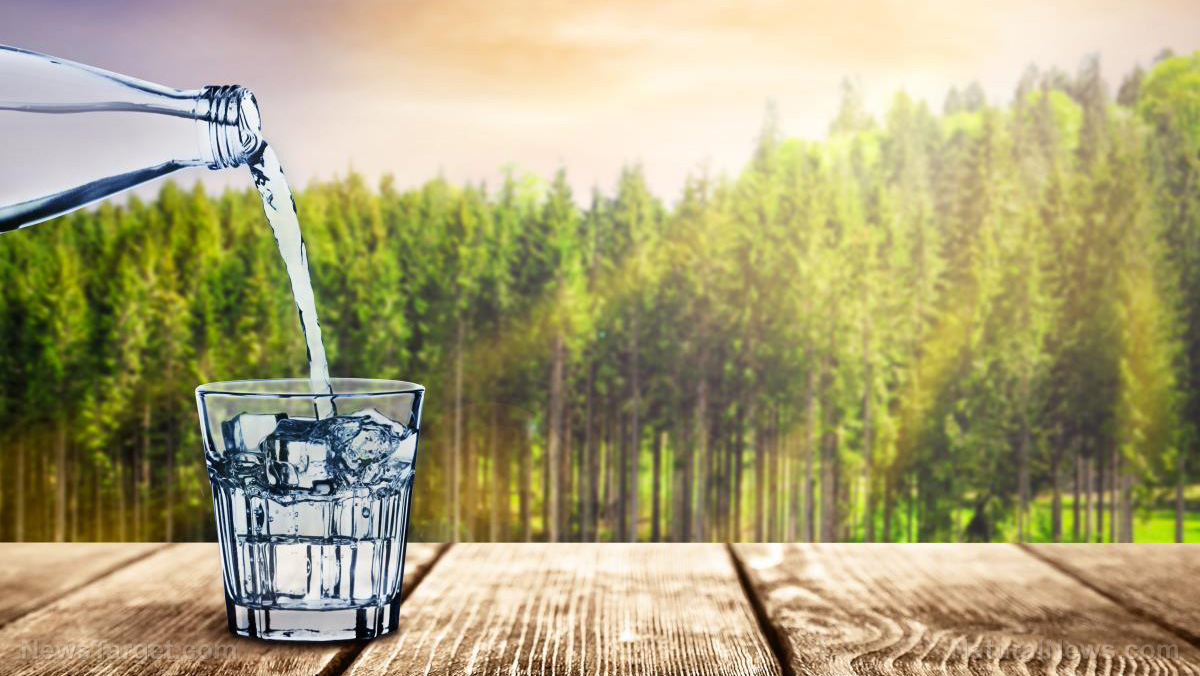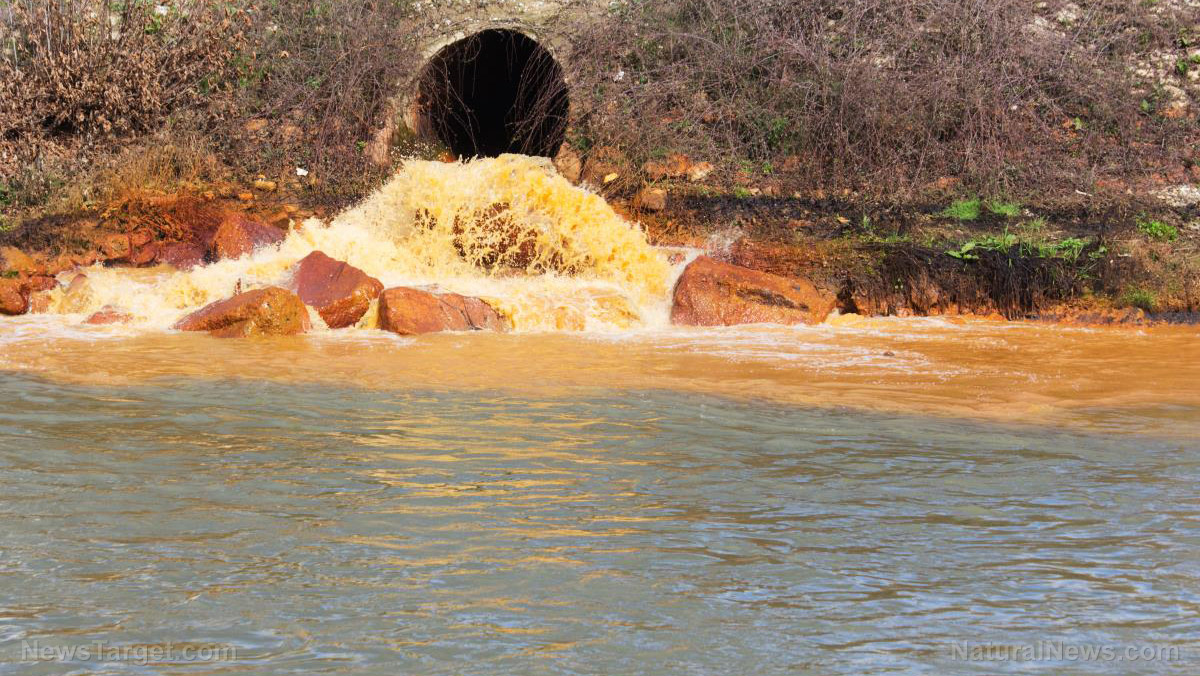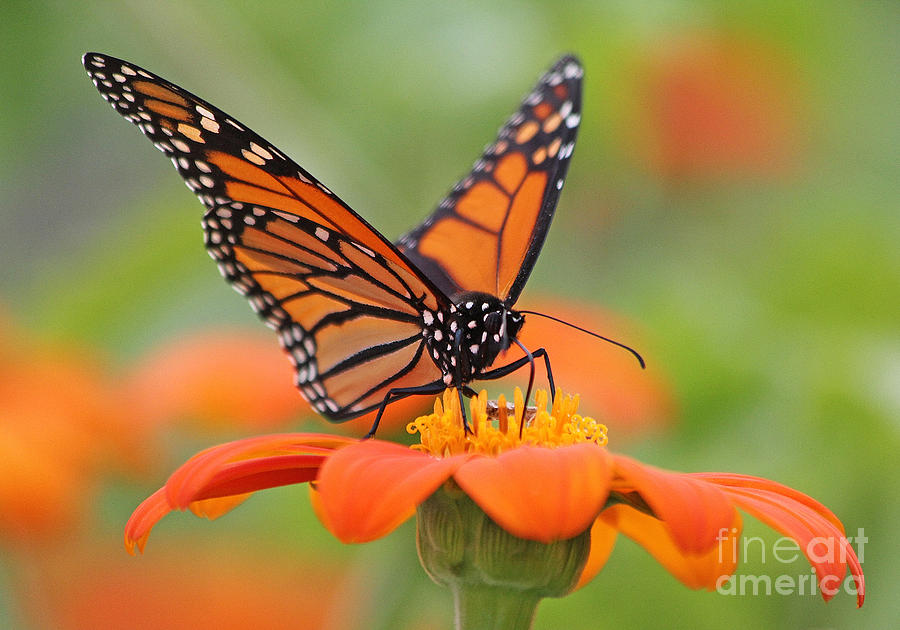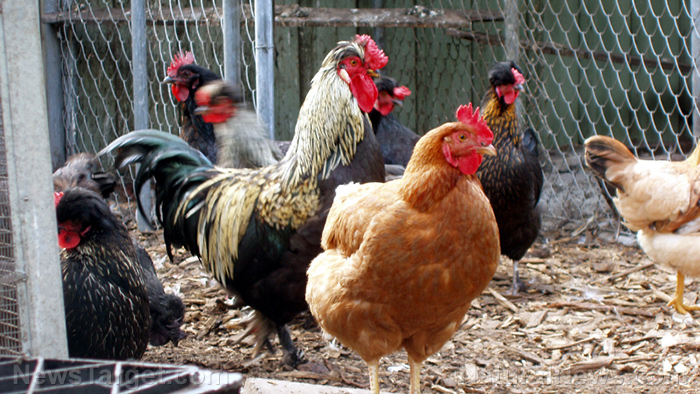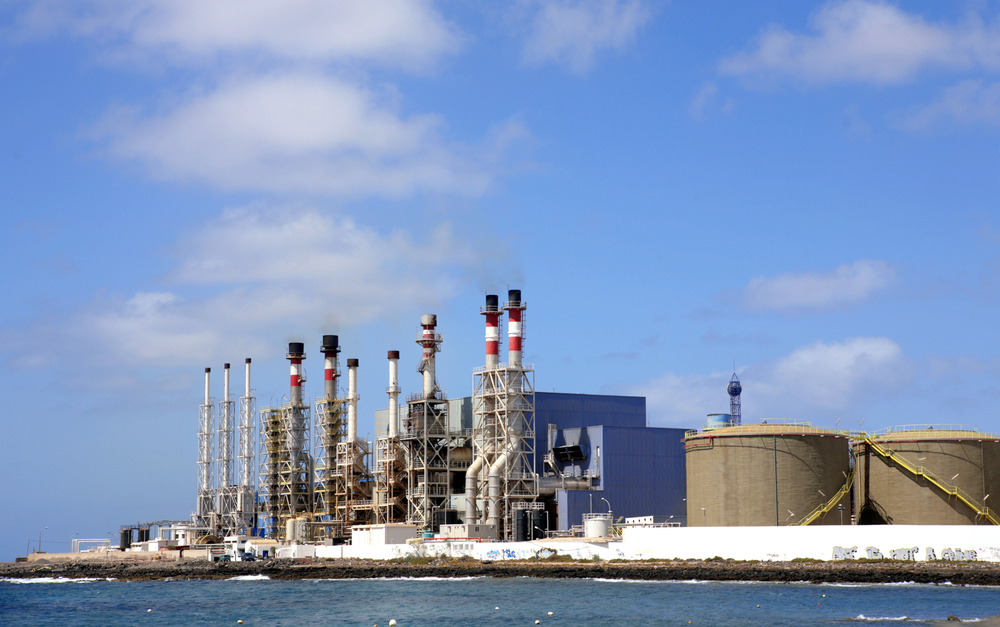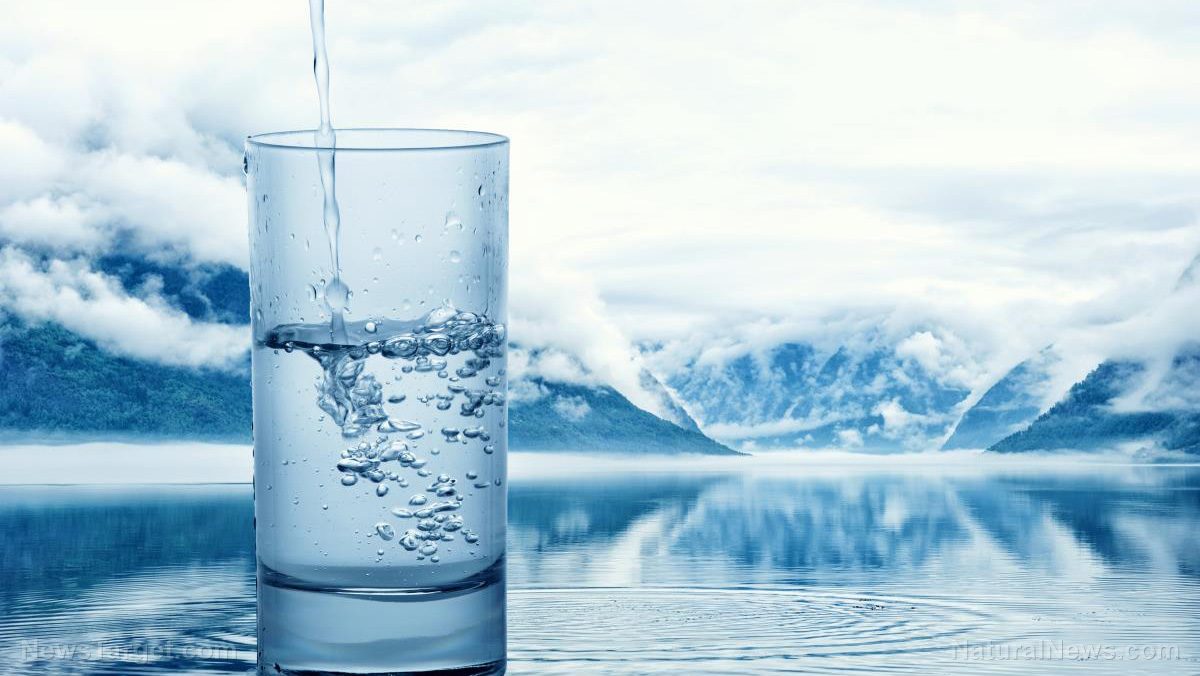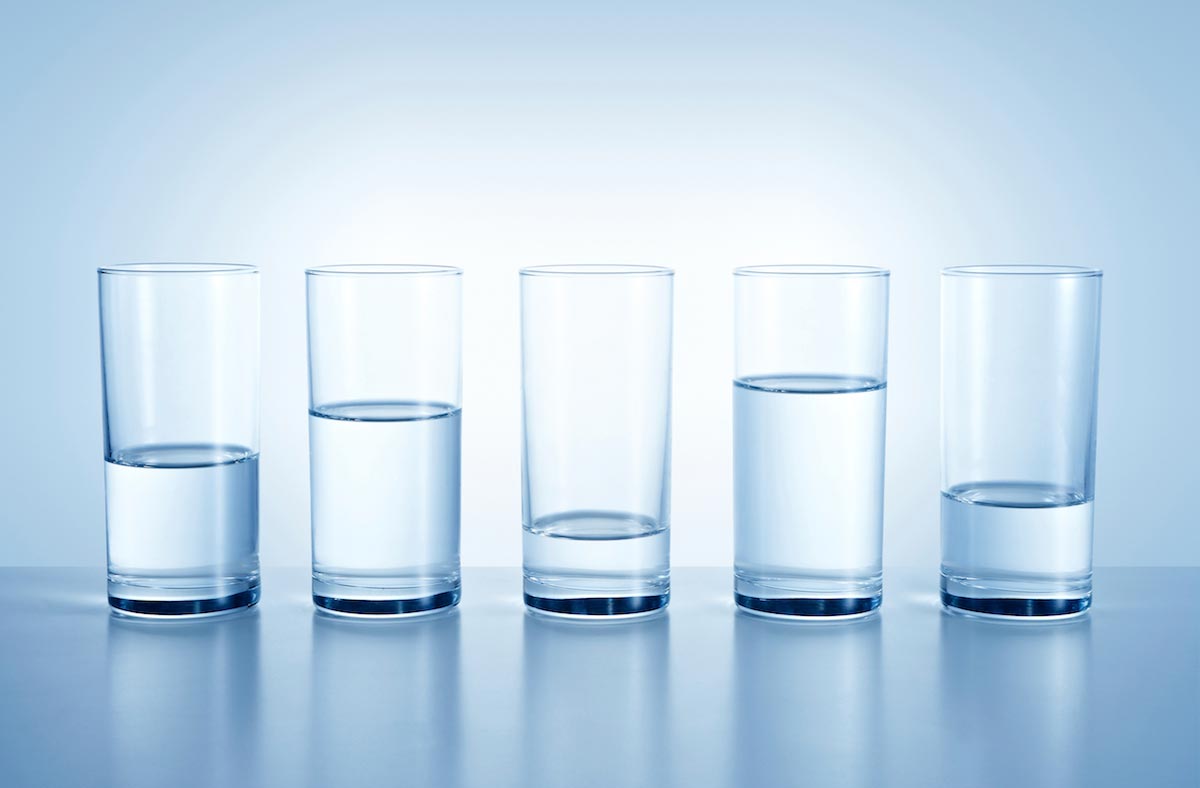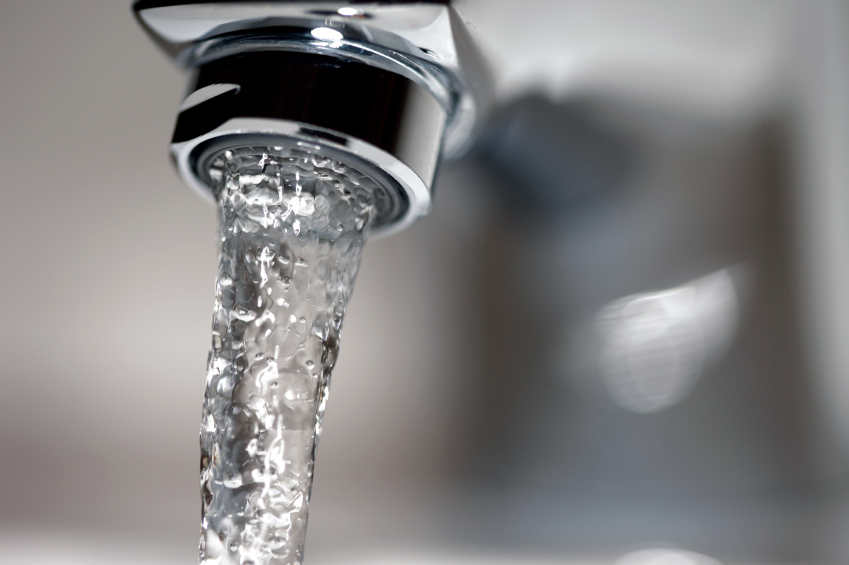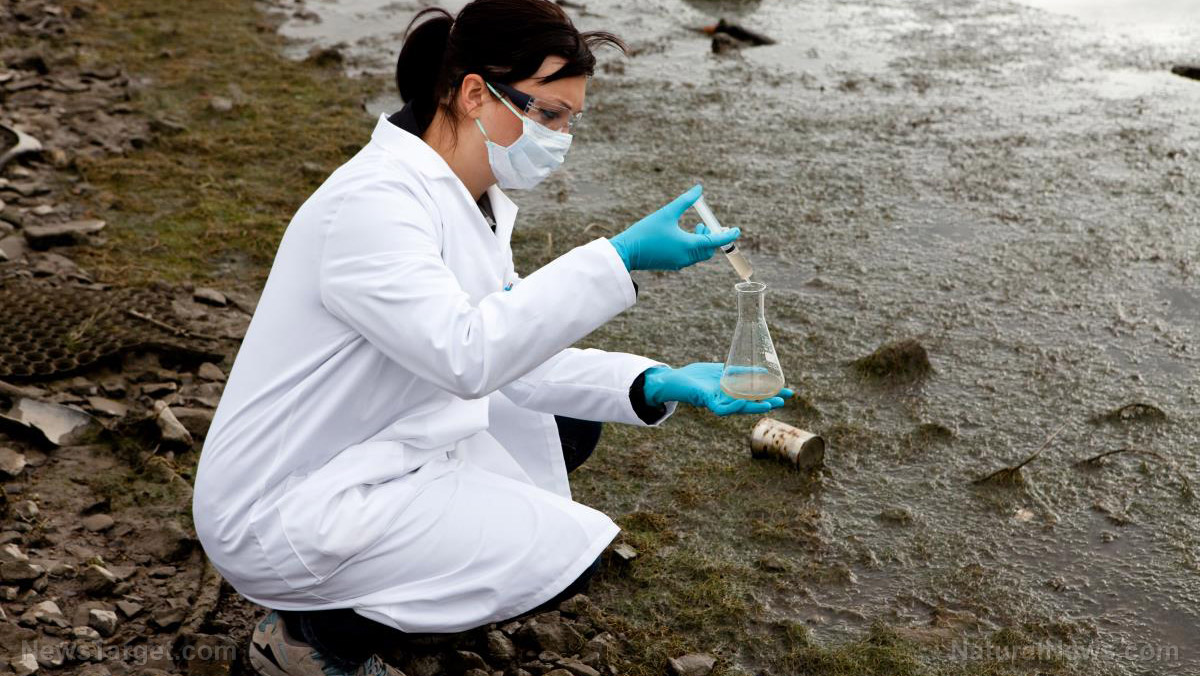Survival tips when collecting potable drinking water in the wilderness
08/25/2018 / By Rita Winters
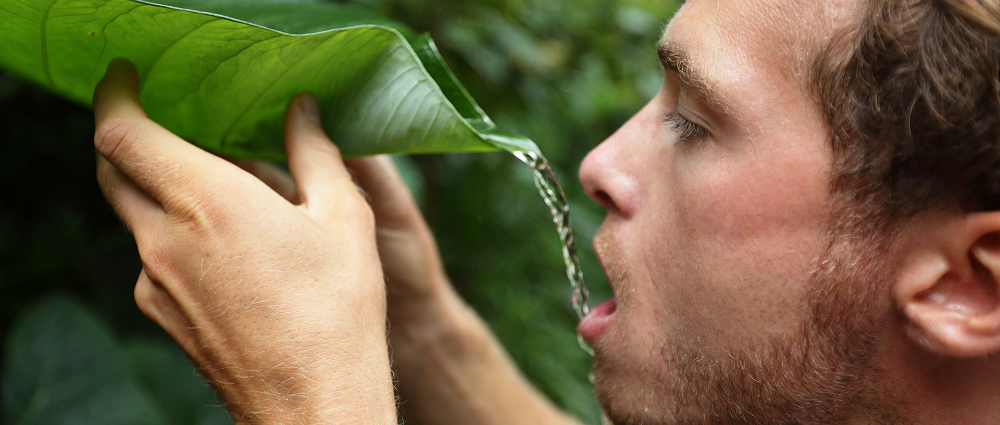
If you ever find yourself lost in the wilderness, one of the first things you need to have is water. This article will show you the different ways to collect clean and safe drinking water. (h/t to OutdoorAdventureGuide.co.uk.)
- Look to the skies — Rainwater is the easiest way to collect water in an open environment. You’ll need a container, or a plastic sheet for this. For solid, wide-mouthed containers, simply place them out in the open. A thin sheet of cloth can be used as a filter at the top of the container to reduce the amount of debris that may enter the container. If you don’t have a container, you may use a plastic sheet, or any non-porous sheet for that matter. First, dig a depression on the ground, place the sheet well over it, and secure with stones on the sides. It would then look like a small pool. Before the water overflows, make sure to collect the water in the depression so you can use the plastic sheet to collect even more, especially during heavy rains.
- Look to the trees — If you’re in a grassy or bushy area, morning dew is the next best source of water. Use a clean piece of cloth or towel to run over the dew on the leaves, and wring it in a container. Make sure to use another piece of cloth on the mouth of the container to filter out any tiny leaves or debris that can contaminate your collected water.
- Look for a trail — The next best solution is to find natural bodies of water. This includes but is not limited to: streams, creeks, rivers, and lakes. Fresh water runs through most forests and savannas, hence the wildlife. While this may seem the obvious solution to unlimited supplies of drinkable water, it isn’t the safest. Animal waste may contaminate streams, and this waste can be transported throughout the whole stream itself, especially if the flow is slow. Rivers would prove to be safer than small creeks or streams because of its fast and vigorous flow, but bacteria and other disease-causing agents may survive the intensity. After collecting water from a natural body of water, make sure to boil it prior to drinking.
- Look beside you — Water can also be collected from seemingly dry leafy plants by simply securing a plastic bag on a leafy branch. Water will evaporate from the leaves and then condense into the plastic bag. This works especially well if the bags are placed early in the morning before the sun comes out. Leaves can also serve as water collectors during rain. Leaves are very manageable and can be managed into cup-like formations. Big leaves are the best for this, if you see a banana plant, make sure to grab a leaf or two for the long road. (Related: How to find water resources in the wild like a pro.)
Drink with caution: Tips that will save your life
While sea water may be the most obvious source of water, consuming salt water will actually dehydrate you even more. Ironic as it may seem, there is a way to work around this. Simply boil the water and direct the vapors to condense on a separate container. One way to do this is by placing a heat-resistant glass or container inside a water boiling pot, and set a cone-shaped cover on top of the pot to direct the vapors into the glass in the middle.
Urine is not the best source of hydration, since it contains two percent salt and harmful body waste. Only drink it as a last resort.
Lastly, if you are unsure about the water you collected, it is best to boil it first, since the applied heat will kill most bacteria and contaminants that can negatively affect your health.
For more survival guides, visit Offgrid.news today.
Sources include:
Tagged Under: clean water, collect water, collecting water, potable water, survival, Survival Tips, water filters, water for survival

